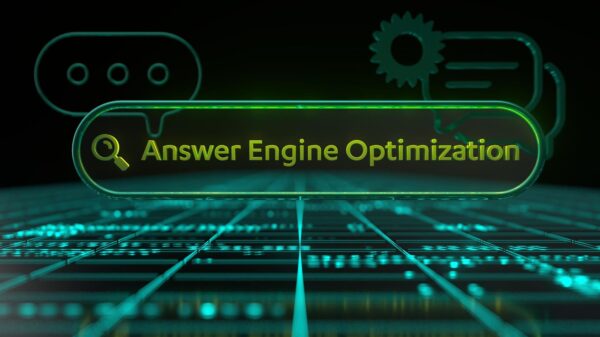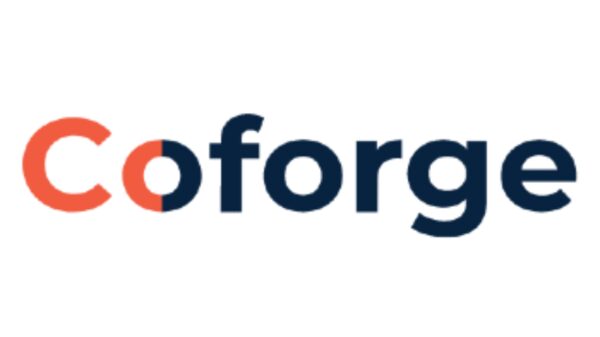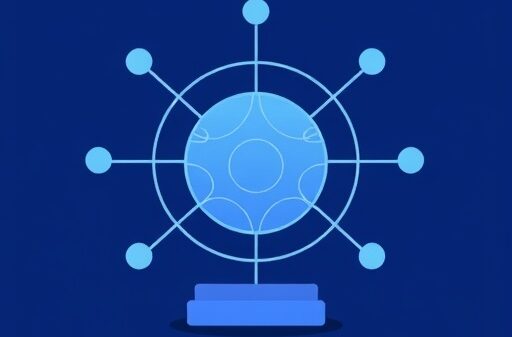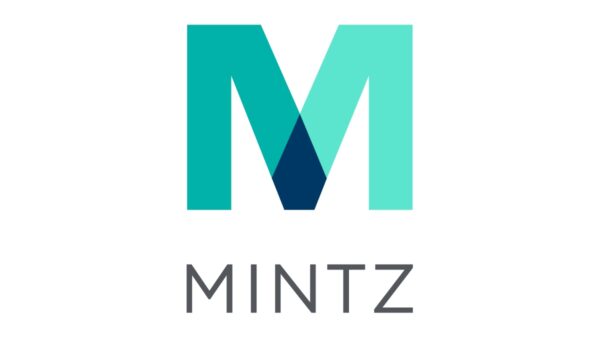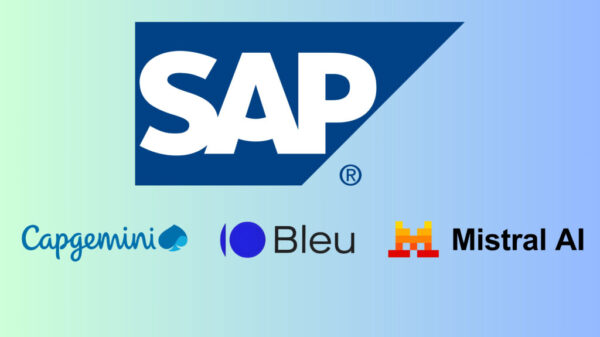SAP is making significant strides in integrating artificial intelligence (AI) across its offerings. By the end of 2025, the company anticipates delivering 400 SAP Business AI use cases, including 40 Joule Agents, which will enhance their existing catalog of over 300 use cases, generating an estimated €441 million in value for companies with an annual revenue of €10 billion.
During this month’s SAP TechEd event in Berlin, SAP unveiled a series of innovations built upon a robust AI-native architecture. This architecture is designed to empower developers by allowing them to utilize the frameworks and tools of their choice, all while facilitating a non-disruptive transition across the tech stack.
Enhancements to SAP HANA Cloud and SAP Business Data Cloud
At the forefront of these advancements is SAP HANA Cloud, which serves as the database underpinning SAP’s AI-native software architecture. New AI capabilities announced at TechEd aim to further drive innovation within this framework. Notably, SAP HANA Cloud now supports the Model Context Protocol (MCP), which allows for direct access to comprehensive multi-model engines. This functionality enables agents to navigate complex relationships within enterprise data, conduct semantic searches, and leverage spatial data—all within a single in-memory engine.
Additionally, SAP will enhance its knowledge graph engine capabilities, expected in Q1 2026. This will allow for the automatic generation of knowledge graphs from metadata, drastically reducing the time required for data modeling from weeks to mere minutes. Furthermore, the introduction of agentic memory will enable AI agents to learn and remember past interactions, continuously improving their performance.
Collaboration with Snowflake for Integrated Data Solutions
SAP is also integrating its Business Data Cloud (BDC) with Snowflake to create SAP Snowflake, enabling enterprises to utilize zero-copy data sharing. Scheduled for general availability in Q1 2026, this integration will allow organizations already using Snowflake to access combined SAP and non-SAP data seamlessly, enhancing data richness and operational efficiency.
Introducing SAP-RPT-1: A New Category of AI Models
A standout announcement from SAP TechEd was the introduction of SAP-RPT-1, an enterprise relational foundation model designed specifically for structured business data. Unlike traditional large language models (LLMs), SAP-RPT-1 excels in understanding table structures and predicting business outcomes, showing up to 2x better prediction quality compared to narrow models and 3.5x better than LLMs.
SAP-RPT-1 will be available in three versions, with the small version designed for rapid predictions and the large one focused on accuracy. The open-source version will be accessible via Hugging Face and GitHub. Users can explore this model through the SAP-RPT-1 playground, allowing for no-code testing of their data or SAP’s use case samples.
Commitment to Digital Sovereignty in Europe
As digital sovereignty becomes increasingly critical, SAP is expanding its cloud offerings in Germany. The Industrial AI Cloud project with Deutsche Telekom aims to provide secure infrastructure tailored to European standards, thereby supporting AI innovations across various sectors, including public institutions and defense.
The company’s focus on ethical and trustworthy infrastructure reflects its commitment to aligning AI developments with local regulations and societal values, marking a significant milestone for the European market.
Future Innovations: From Joule Agents to Quantum Computing
SAP is not just focusing on traditional AI; it is exploring the integration of Joule Agents with autonomous devices, including humanoid robots. This integration aims to embed business logic within physical operations, enhancing automation across sectors like logistics and field services.
Looking beyond AI, SAP is also preparing for the era of quantum computing. Instead of developing quantum hardware, SAP is concentrating on creating quantum algorithms designed for business applications. These solutions are intended to be simple to deploy and hardware-agnostic, ensuring organizations can leverage quantum computing without extensive re-platforming efforts.
With these ambitious initiatives, SAP is poised to redefine the landscape of enterprise AI, marrying advanced technology with practical applications that promise to boost operational efficiencies and drive innovation.
 AI Transforms Healthcare Accessibility with Predictive Analytics and Telemedicine Solutions
AI Transforms Healthcare Accessibility with Predictive Analytics and Telemedicine Solutions Bank of America Warns of Wage Concerns Amid AI Spending Surge
Bank of America Warns of Wage Concerns Amid AI Spending Surge OpenAI Restructures Amid Record Losses, Eyes 2030 Vision
OpenAI Restructures Amid Record Losses, Eyes 2030 Vision Global Spending on AI Data Centers Surpasses Oil Investments in 2025
Global Spending on AI Data Centers Surpasses Oil Investments in 2025 Rigetti CEO Signals Caution with $11 Million Stock Sale Amid Quantum Surge
Rigetti CEO Signals Caution with $11 Million Stock Sale Amid Quantum Surge
